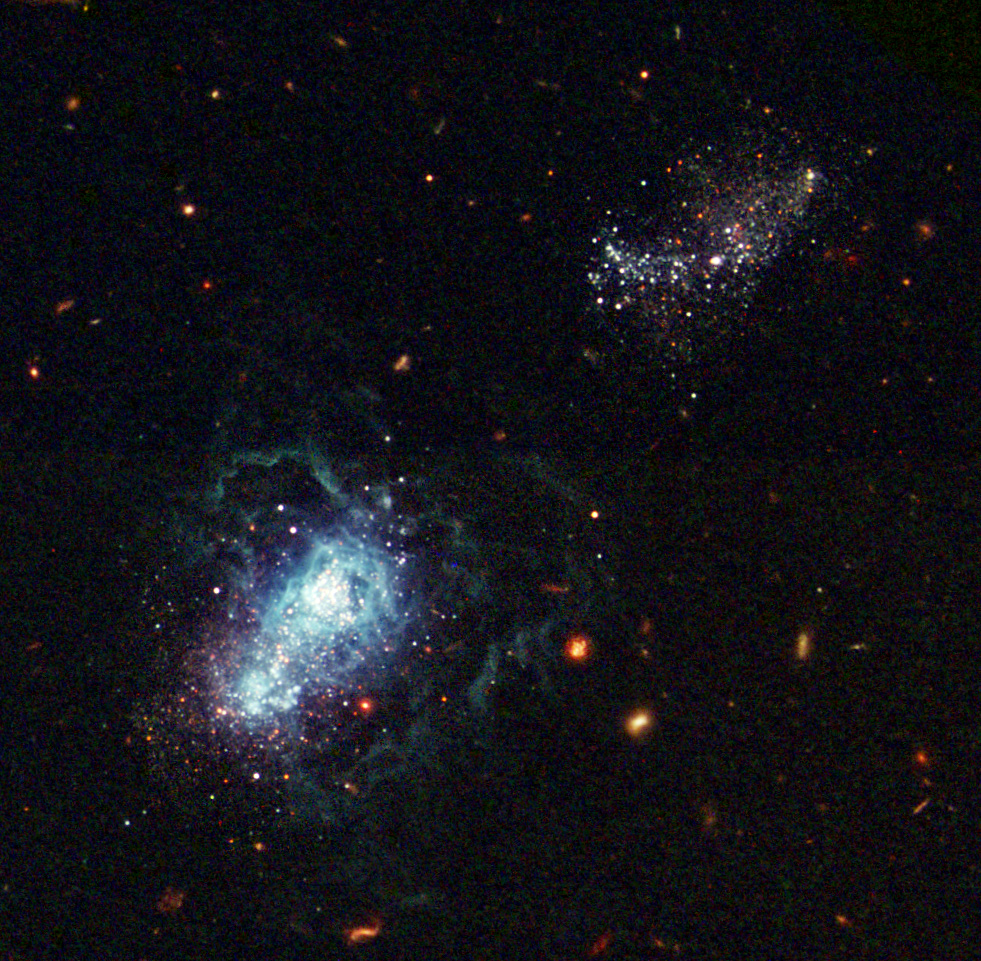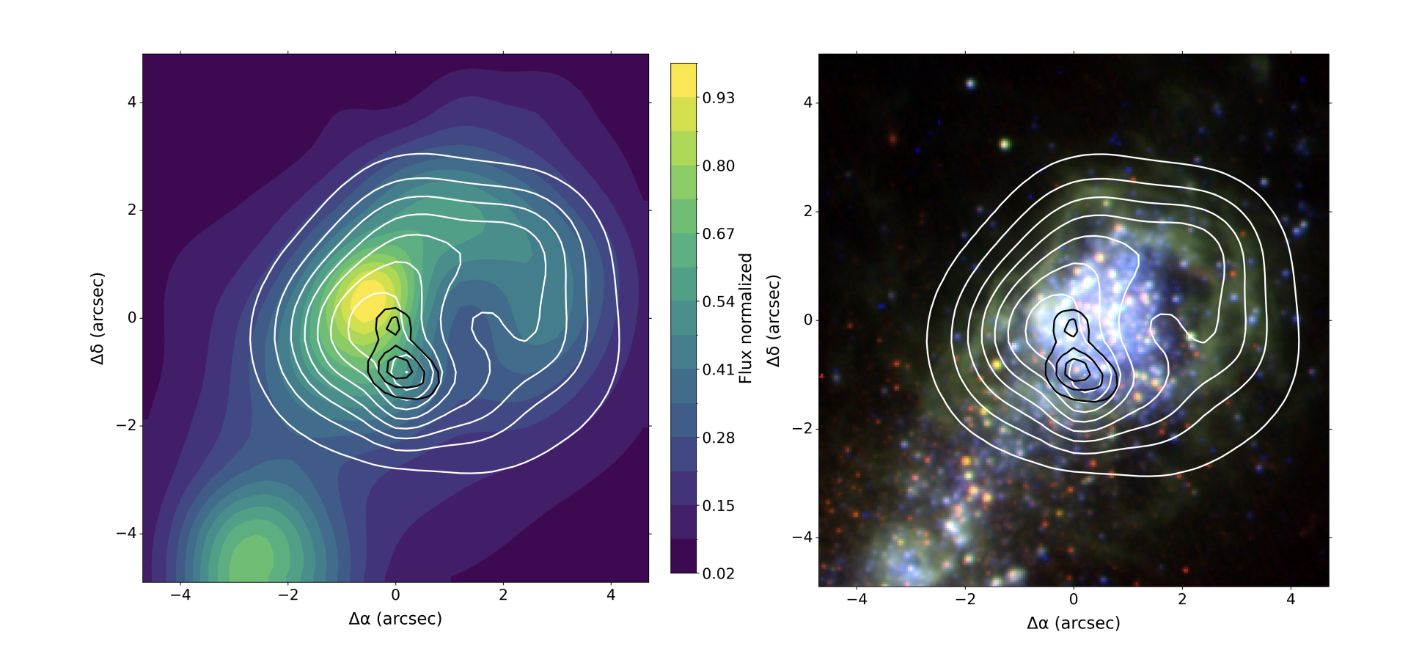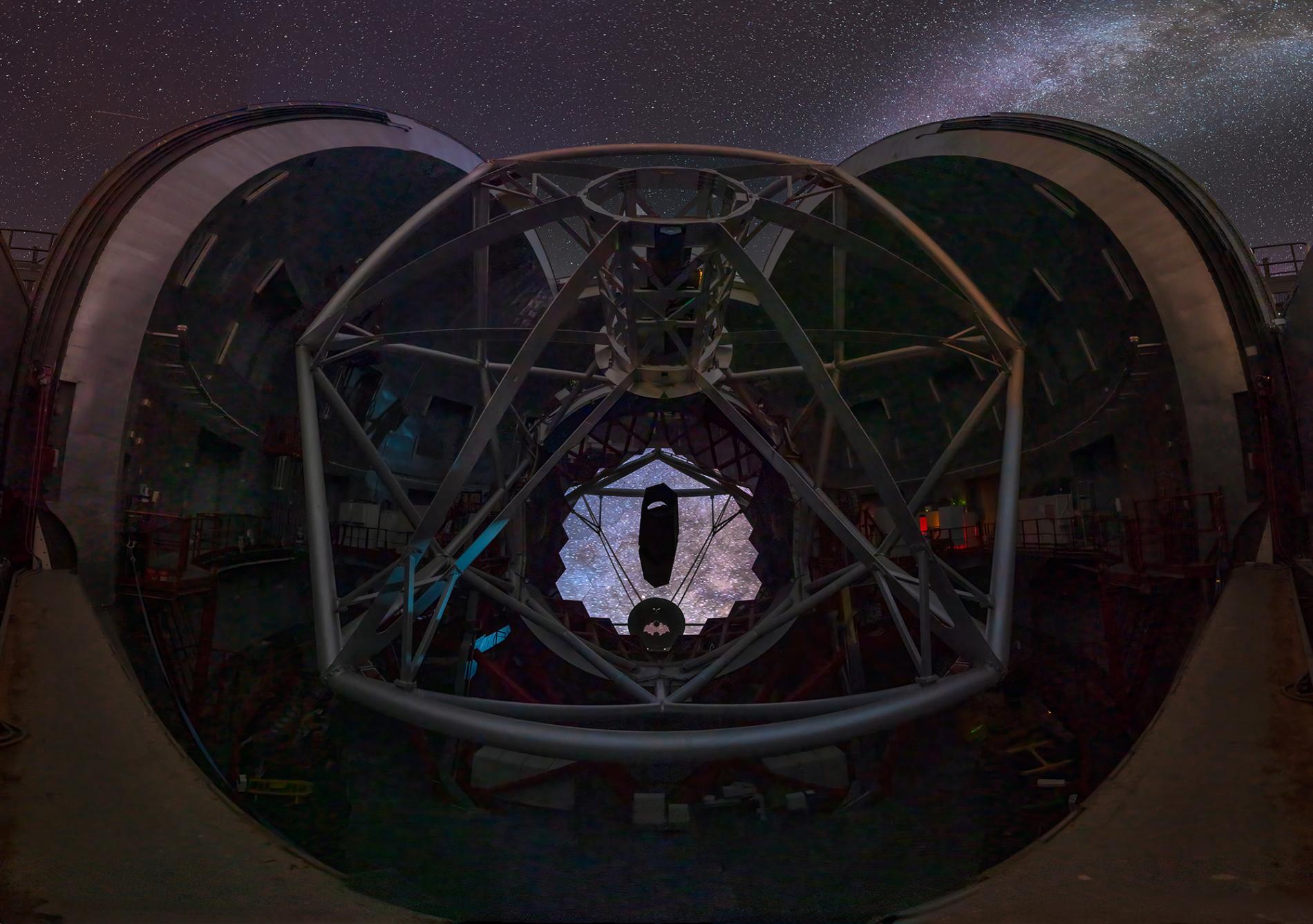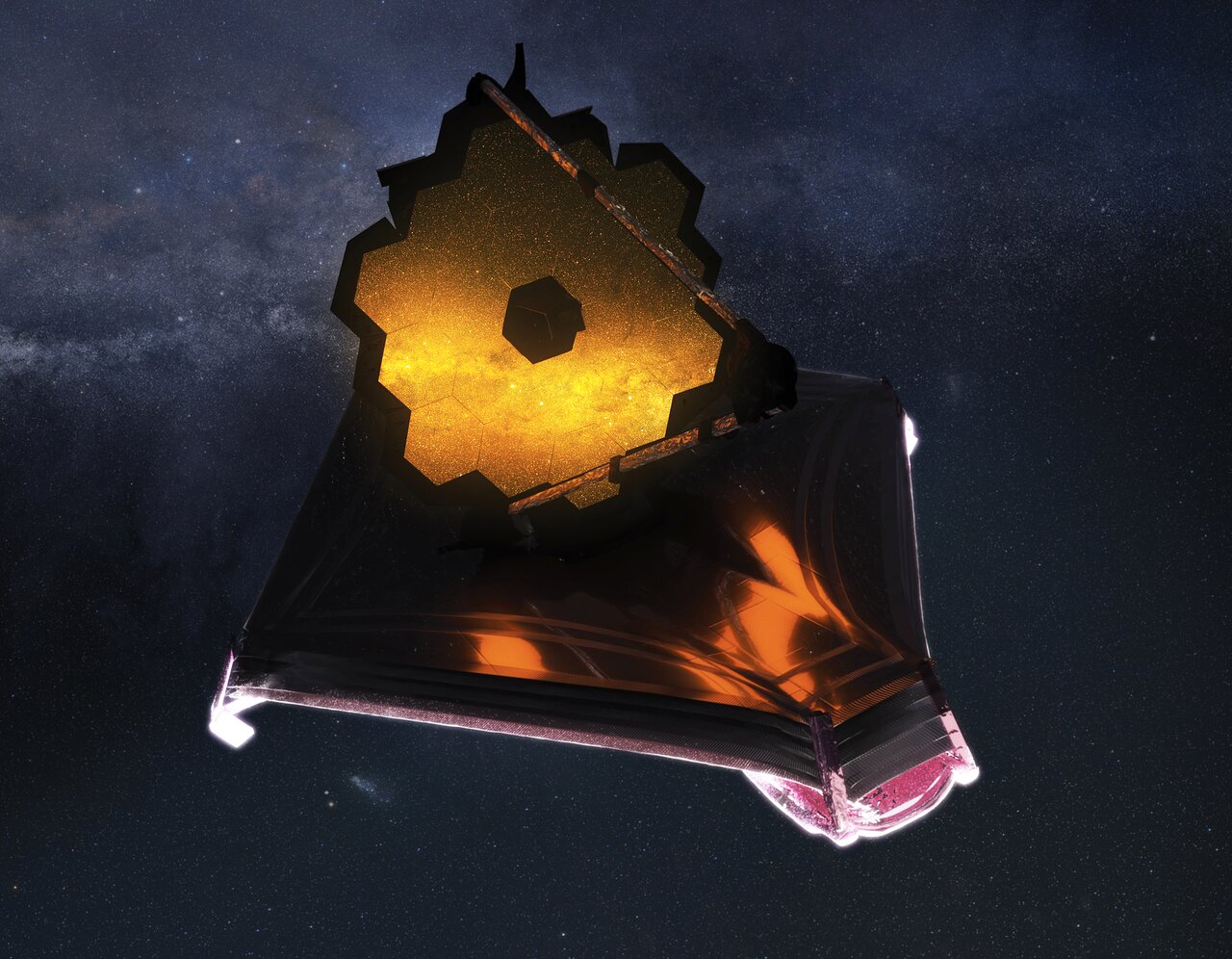Unusually energetic radiation detected in a galaxy analogous to those of the early Universe
A study led by the Instituto de Astrofísica de Andalucía (IAA-CSIC) uncovers an extreme signal in IZw18, a nearby metal-poor galaxy, pointing to still-unexplained physical processes
The discovery, based on data from the James Webb Space Telescope and the Gran Telescopio Canarias, opens a new window into the energetic processes that dominated the earliest galaxies in the cosmos
In the nearby Universe, it is still possible to find relics that preserve the chemical imprint of cosmic dawn. One such relic is the galaxy IZw18, a compact object exceptionally poor in heavy elements, whose composition closely resembles that of the early Universe. Although relatively close—around twenty times the distance between us and Andromeda—it contains little more than hydrogen and helium, the simplest elements in the periodic table.

The galaxy IZw18 captured by Hubble. Credit: NASA, ESA, Y. Izotov (MAO, Kyiv, UA) and T. Thuan (University of Virginia)
Now, a study led by the Instituto de Astrofísica de Andalucía (IAA-CSIC) has detected, for the first time in this galaxy, a rare emission line that reveals radiation much more energetic than expected near its intensely star-forming central region.
“What is striking is that the region showing this highly energetic radiation does not coincide with the main group of ordinary stars, like those we typically see in other galaxies, which could point to a different origin or to a phenomenon involving the propagation of stellar radiation,” says Antonio Arroyo Polonio, researcher at the Instituto de Astrofísica de Andalucía (IAA-CSIC) and first author of the study. “Moreover, the gas in that area behaves in a very disturbed way, which reinforces the idea that these high-energy sources not only illuminate the gas but also push and disrupt it, generating fast and irregular flows around them.”
The finding, published in The Astrophysical Journal Letters, suggests the presence of extreme physical processes that remain unexplained.

The left image shows how the gas is distributed with different energy: the color shows moderately energetic gas, the white outline marks areas with very energetic gas, and the black marks regions with extreme energy, detected for the first time in this galaxy. The right image combines data from Hubble and the James Webb Space Telescope to show the galaxy in detail. The same contours mark the regions with more energetic gas. Crédito: Antonio Arroyo (IAA-CSIC)
A NEARBY WINDOW INTO THE EARLY UNIVERSE
IZw18 is a small galaxy—about 6,000 light-years across—when compared to others, though it is still more than four trillion times larger than Earth. In terms of energy, it emits in a single second more than 100 billion times the amount of energy consumed by all of humanity since the dawn of civilization.
Its gas, extremely poor in heavy elements, exists under extreme conditions: it is highly energized due to the intense radiation emitted by stars and other luminous sources within the galaxy. This radiation can strip electrons from the gas atoms, in a process known as ionization. “The higher the energy of the light, the more easily it can remove electrons bound to different atomic nuclei,” explains Arroyo (IAA-CSIC).
To study the ionized gas, the team analyzed so-called emission lines—“light fingerprints” that indicate which atoms are present in the gas and how many electrons they have lost. These data reveal not only the composition of the gas but also the energy levels to which it has been exposed.
The study combines observations from the MEGARA instrument on the Gran Telescopio Canarias and the MIRI instrument aboard the James Webb Space Telescope (JWST). MEGARA allowed researchers to analyze emission lines of hydrogen and ionized helium, revealing that some of the galaxy’s gas is more disrupted and turbulent than expected. This behavior points to a possible outflow of gas driven by highly energetic, still-unidentified sources.

Image of the GTC during nighttime observations. The Milky Way can be seen reflected in the segments of the primary mirror, composed of 36 hexagonal mirrors of about 1.9 meters. Credits: Antonio Marante
Meanwhile, JWST observations detected an even more extreme signal—one that appears only when the gas has been exposed to exceptionally powerful radiation. All evidence suggests that an unidentified energy source lies at the heart of the galaxy, one whose characteristics may resemble those that prevailed in the Universe’s first galaxies.
“The fact that we can study this light—which has traveled millions of years to reach us—analyze it with such precision, and uncover clues about the energy of the stars that generated it is simply astonishing,” says Antonio Arroyo (IAA-CSIC). He concludes: “It’s essential to continue studying the ionizing sources in this galaxy, as it offers a local window into the early Universe.”

Illustration of the James Webb Space Telescope Space Telescope in space. Credits: Adriana Manrique Gutierrez, NASA Animator
- New clues on the extended HeII ionization in IZw18 from GTC/MEGARA and JWST/MIRI
- https://iopscience.iop.org/article/10.3847/2041-8213/ade874
- Antonio Arroyo Polonio - aarroyo@iaa.es
- Instituto de Astrofísica de Andalucía (IAA-CSIC)
- Unidad de Divulgación y Comunicación
- Amanda López – alm@iaa.es
- Emilio García – garcia@iaa.es - 649 407 445 (vía whatssap)
- Celia Navas - navas@iaa.es
- https://www.iaa.csic.es
- https://divulgacion.iaa.csic.es

